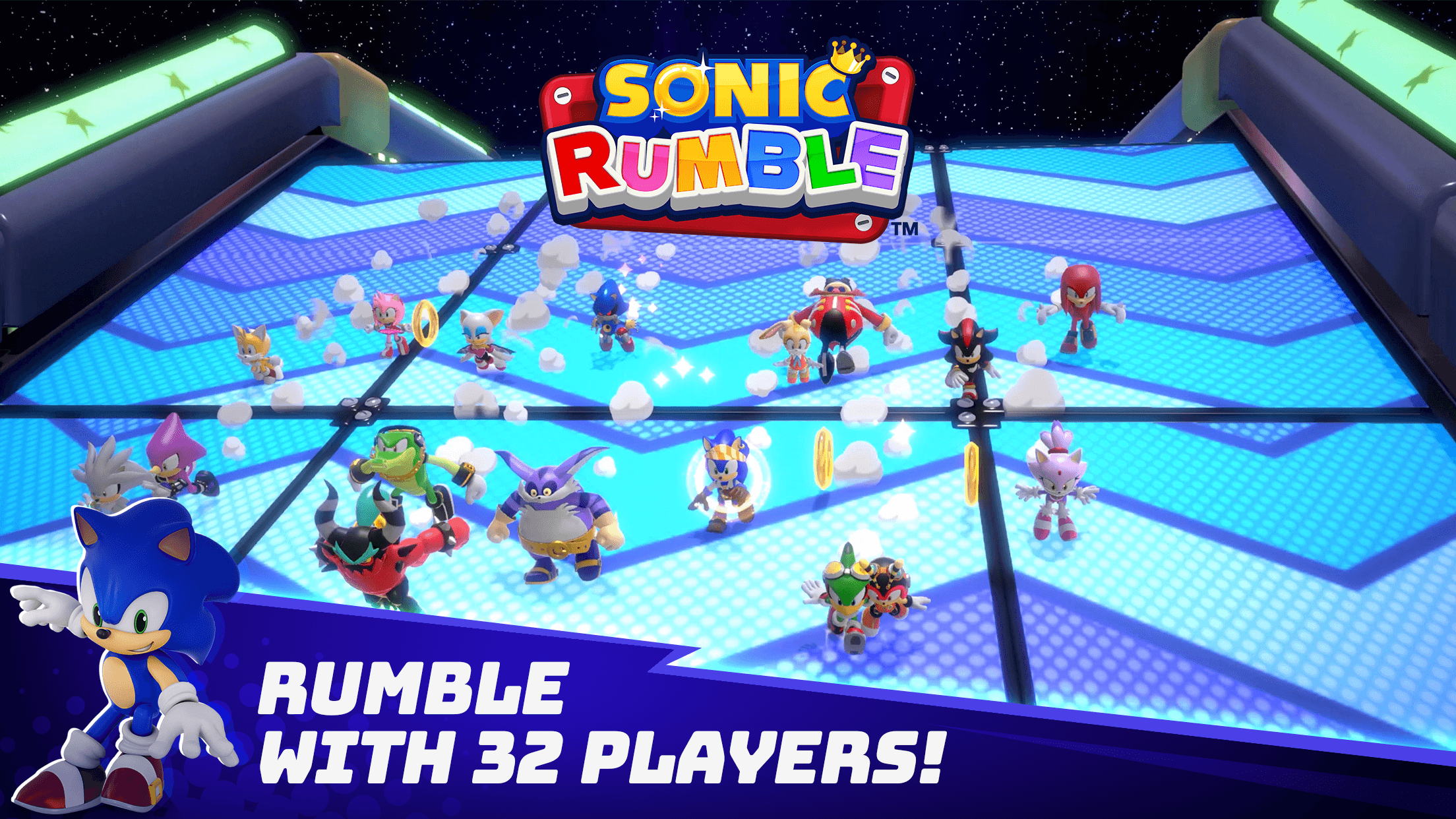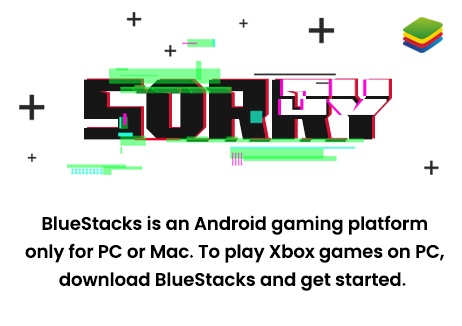A Beginner’s Guide to Sonic Rumble

Sonic Rumble is a competitive multiplayer party game built around physics-driven platforming, obstacle courses, and score-based challenges. Up to thirty-two players race, dodge hazards, attack each other, and gather Rings to qualify for each round. New players often find themselves eliminated quickly because the game combines fast movement with unpredictable physics. Mastering the basics is crucial for consistent progress.
This guide explains every fundamental system in detail, from movement to stage mechanics, ring collection, skin unlocking, and early-game strategy.
Movement and Control Fundamentals
Movement is the core mechanic in Sonic Rumble. The left joystick controls direction, while three buttons on the right handle jumping, action, and attacking. Understanding the feel of the joystick is essential because characters do not turn instantly; they carry momentum and slide slightly when changing direction. This means tight movements require controlled joystick input rather than maximum tilt.
The jump button is responsive but timing-dependent. A single jump is suitable for climbing small ledges or clearing low obstacles. The double jump gives more vertical height and horizontal reach. Players should avoid spamming jumps on open terrain, as it slows overall travel time due to landing delays. Controlled jumping produces faster progression than constant hopping.

Jumping, Double Jumping, and Platform Timing
Many early eliminations in Sonic Rumble occur because players misjudge jumps. Single jumps work for standard gaps, but the game includes wide spaces, staggered platforms, spring pads, and moving blocks that require precise double jumping. Beginners should practice jumping early rather than waiting until the edge, as momentum helps carry the character further.
When dealing with moving platforms, it is best to let the platform come closer instead of rushing immediately. If fans are involved, double jumping at the top of the wind current gives a height boost that can bypass entire sections. Conversely, heavy wind zones may slow mid-air movement, so players must commit to their jump instead of trying to correct mid-flight.

Using the Action Button to Interact and Break Obstacles
The action button allows your character to push, break, activate, and interact with the environment. Although it seems simple, this mechanic becomes important in time-sensitive situations. Crates may block paths, switches may need to be pressed, and objects must sometimes be thrown or rolled to clear the way.
Efficient use of the action button can skip bottlenecks where players cluster. Breaking crates before other players arrive gives an immediate advantage, especially on narrow lanes. Some maps place action objects as barriers that slow inexperienced players. Knowing when to act quickly and when to wait is a key skill.

Attack Items and Combat Awareness
Attack items are scattered throughout many maps in the form of star capsules. Once collected, they allow you to knock away opponents or break certain obstacles instantly. While attack items do not guarantee victory, they can significantly influence positioning, especially in tight areas.
The best opportunities to use attacks include:
- Narrow bridges where a single knockback forces players to fall
- Crowded sections where many players cluster on platforms
- Competitive scoring rounds where players race to hit targets
- Approaching a checkpoint where eliminating rivals reduces pressure
However, using an attack in open space often wastes the item. Players should wait for structural advantages before activating offensive abilities.

Obstacle Courses (Dash to the Goal) and Navigating Hazards
Dash to the Goal stages form a major part of Sonic Rumble. These courses combine fans, boost pads, narrow lanes, moving floors, and spring platforms. The difficulty lies in maintaining speed without losing control. Boost pads provide great momentum, but if misaligned they may throw players straight into hazards or off the platform.
Spinning fans are one of the most common hazards. They generate pushback and can fling characters outward if entered at the wrong angle. The safe method is to move slowly until the fan’s rotation shifts, giving a slight opening, then burst forward with the joystick held firmly. When properly timed, it is possible to double jump past the wind zone entirely.

Ring Collection Strategy and Efficient Pathing
Rings serve as the game’s main currency and also form the basis of specific scoring stages. In stages where Rings are the objective, areas near the center of the map typically spawn Rings first, followed by outer layers. Rather than chasing individual Rings, players should focus on collecting straight lines of Rings for consistent gains.
Avoiding collisions is crucial. When two players bump into each other while carrying Rings, both drop a portion, allowing a third player to scoop them up. Maintaining a predictable circular movement pattern and avoiding congested spots often results in higher totals overall. In advanced play, players sometimes shadow opponents to collect dropped Rings after they make mistakes.

Understanding the Shop, Starter Offers, and Basic Skins
The Starter Shop is designed to guide new players toward their first cosmetic unlocks. It operates step-by-step: buying one item unlocks the next step. Items include basic skins, banners, and eventually a Sonic skin. The benefit of this system is reliability. Unlike random gacha pulls, these skins cost a fixed amount of Rings and are guaranteed.
Beginners should prioritize saving Rings for these starter unlocks. The Tails and Sonic skins are affordable relative to later premium cosmetics, and unlocking them provides a sense of progression early on. Once you complete the Starter Shop path, more cosmetic features become accessible.

The Claw Machine, Fragment System, and Legendary Unlocks
The Claw Machine functions as the game’s gacha system. Each pull gives either skin fragments, stickers, accessories, or full skins. Legendary skins require large numbers of fragments; for example, your screenshot shows a Toy Maker Tails Fragment where 1 fragment out of the required amount has been collected.
Fragments are a long-term unlock method. They accumulate gradually and allow players to slowly work toward rare skins. Beginners should use free daily pulls and avoid spending premium currency too soon. The return on investment is much better after building a stable Ring economy and completing early skins.

Scoring, Finishing Bonuses, and Match Progression
Each round rewards Rings, but the biggest earnings come from finishing bonuses. Ranking in the top three multiplies your Ring income, enabling faster progression. Even finishing mid-pack earns guaranteed rewards, while early elimination severely limits income.
Beginners should prioritize consistent qualifying rather than risky maneuvers. Staying alive through multiple rounds often produces more Rings than attempting shortcuts that lead to falls. Over time, as you learn layouts and timings, you can attempt faster routes.

Hunt Stages, Enemy Waves, and Scoring Techniques
Hunt Stages introduce enemy waves, Eggman robots, and large mechanical bosses. Points are awarded based on how many enemies you hit and how quickly you respond to new spawns. Action and attack buttons play stronger roles here than in standard races.
Positioning is important. Enemies tend to spawn in predictable patterns around the map. Standing near common spawn nodes allows players to secure points before others arrive. Larger enemies take multiple hits but reward higher points, so learning their attack windows maximizes efficiency.

Sonic Rumble combines fast-paced movement, physics-based platforming, and strategic stage awareness. Beginners often find difficulty in movement control and obstacle timing, but consistent practice produces rapid improvement. Mastering jumps, controlling momentum, using action and attack buttons at the right moments, and choosing efficient routes all contribute to higher rankings and faster ring accumulation.
By learning the structure of each stage and making deliberate choices rather than reacting impulsively, players can qualify more consistently, compete effectively in scoring rounds, and progress through the game’s cosmetic systems without frustration. With a solid grasp of these fundamentals, Sonic Rumble becomes far more rewarding and enjoyable. For the best gaming experience, play Sonic Rumble on BlueStacks!














